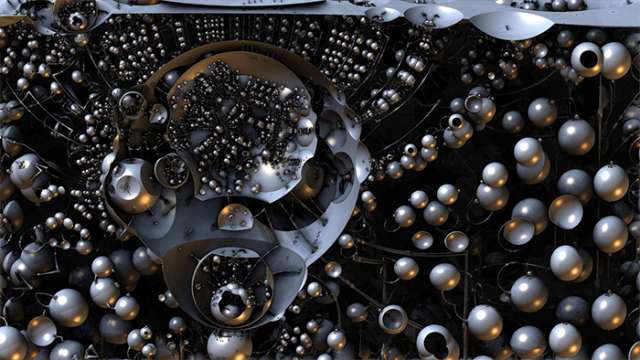By carefully watching the motion of a person`s arm, the system determines what the intention of that arm is — to pick up an object, for example — and can tell when that intention has changed or been disturbed.
"We call it a psychic robot," said lead author Justin Horowitz in a news release. "If you know how someone is moving and what the disturbance is, you can tell the underlying intent — which means we could use this algorithm to design machines that could correct the course of a swerving car or help a stroke patient with spasticity."
Related: Elon Musk: Artificial Intelligence Could Be Worse Than Nukes
After all, it would be a poor driver-assist system that, after you hit a patch of ice, didn`t understand whether you meant to stay on the road or go off it. This research is still in very early stages, but the study showed success in extracting basic intent from a movement — now it has to scale up.
More about:
















































